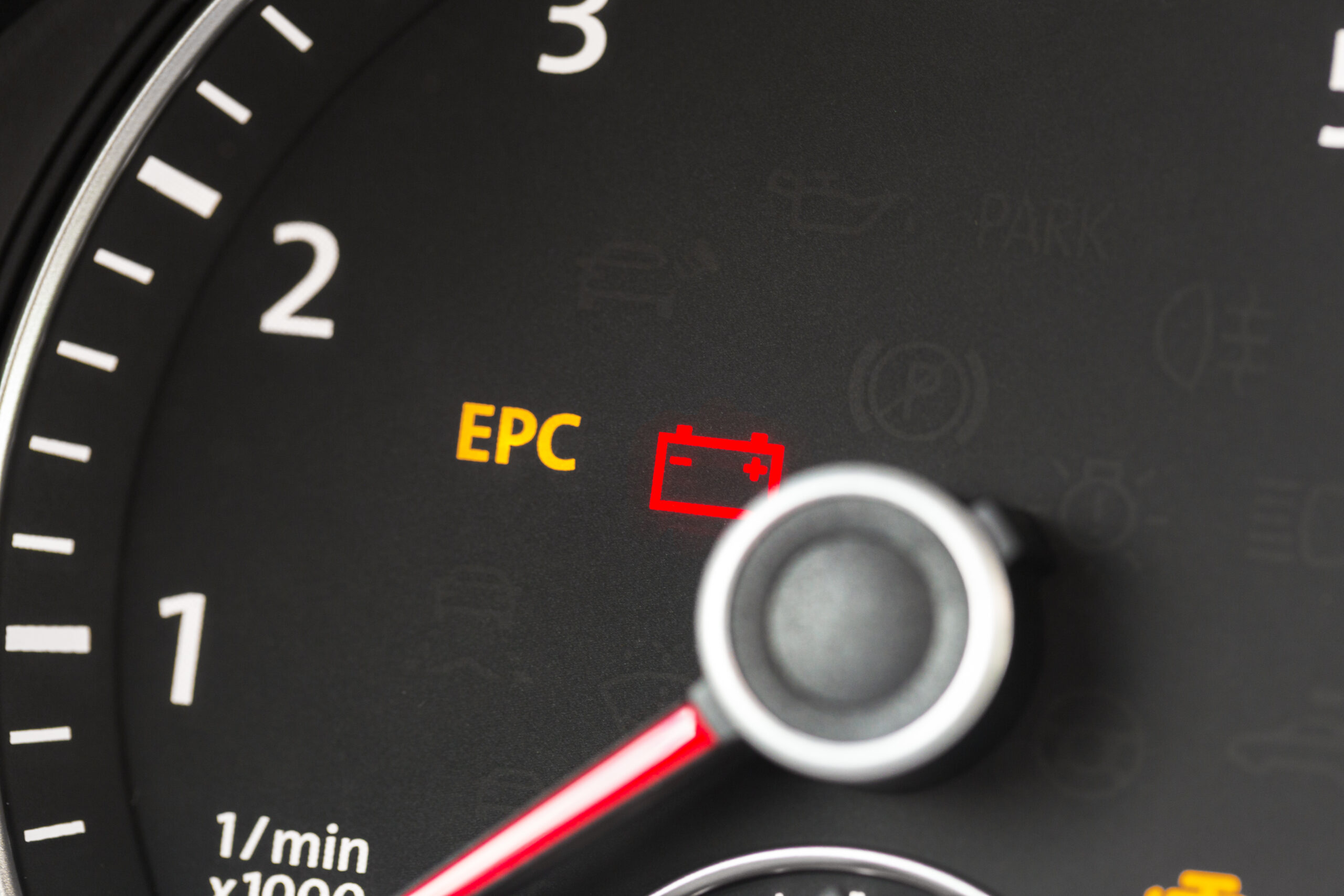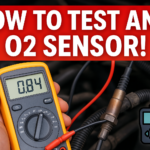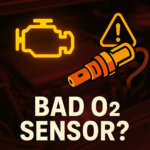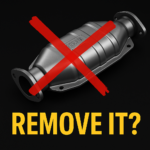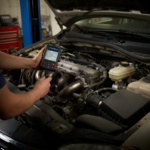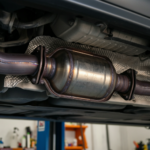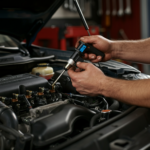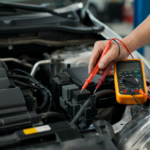The battery light on your dashboard flickers on, and suddenly, you’re worried—”What does this mean? Can I keep driving? Is my car about to break down?” Whether you’re a seasoned driver or a new car owner, understanding your car’s battery light can save you from costly repairs and potential breakdowns.
This post will walk you through everything you need to know about the battery light, what causes it to come on, and what you should do when it happens. After reading this, you’ll gain clarity about why your battery light might be on and how to address it safely and effectively.
What Does the Battery Light on a Car Dashboard Mean?
The battery light—or the red battery symbol—on your car dash is part of your car’s warning system. When the battery light comes on while driving, it indicates something is wrong with your car’s electrical system. Contrary to what some might think, this doesn’t necessarily mean your car battery is dead—but it could be an early sign of issues with your battery, alternator, or other electrical components.
When your engine starts, your car’s alternator charges the battery while simultaneously powering your vehicle’s electrical components like the headlights and radio. When the battery light stays on, it means the battery isn’t recharging effectively, which can stem from a variety of issues. If left unresolved, it could eventually lead to a dead battery, leaving you stranded.
Key Signs You Might Notice
- Battery light on the dash stays illuminated consistently.
- Battery light comes on and off intermittently.
- The light appeared while driving but your car runs fine.
These signs shouldn’t be ignored, as they may point to underlying issues.
Why Does the Battery Light Come On? Common Causes
There are several potential causes for the battery light to come on in your car. Below, we’ve outlined the most common reasons why your car’s battery light might turn on:
1. Bad or Failing Alternator
A bad alternator is one of the most common reasons the battery light shines. If the alternator isn’t generating enough power to recharge the battery and run the car’s electrical components, the light stays on, signaling an issue. To learn how to diagnose your alternator effectively, check out our Step-by-Step Guide on Testing an Alternator.
Symptoms of a failing alternator:
- Interior lights may flicker or dim.
- Electrical components like power windows may work inefficiently.
- The car battery drains quickly, leaving your battery charged inadequately.
2. Issues with the Battery Itself
The battery light can come on if your car has a bad or failing battery. Car batteries lose their efficiency over time, and a failing battery may struggle to hold a proper charge.
How to tell if it’s your battery:
- Car struggles to start, especially in colder weather.
- The battery light came on while driving and the car eventually stalled.
3. Faulty Wiring or Battery Cables
Loose or corroded battery cables can disrupt the flow of electricity between the battery and the electrical components. This faulty wiring can sometimes cause the battery light on your dashboard to illuminate.
What to look for:
- Visually inspect the battery connectors for signs of corrosion or damage.
- Check that the battery cables are securely connected.
4. Serpentine Belt Problems
The serpentine belt plays a crucial role in powering multiple engine components, including the alternator. If the belt is slipping or has snapped, your battery won’t charge, and the light will come on.
Signs of a serpentine belt issue:
- A squealing noise under the hood.
- Visible wear and tear on the belt.
5. Faulty Electrical Components or Sensors
Modern cars depend on numerous sensors and electronic systems. A malfunctioning sensor can give a false reading, causing the battery light to illuminate even if the battery and alternator are functioning correctly.
What Should You Do if the Battery Light Turns On?
If your battery light turns on while driving, here’s what you should do:
Step 1. Don’t Panic—but Don’t Ignore It
If your battery light came on while driving but the car runs fine, you can continue driving—but only for a limited period. This doesn’t mean the problem is resolved.
Step 2. Turn Off Non-Essential Electrical Components
To conserve battery power, switch off unnecessary electrical components such as the air conditioner, radio, and interior lights.
Step 3. Visually Inspect the Battery and Connections
If it’s safe to do so, park your car and inspect the battery cables. Loose or corroded connections can often be tightened and cleaned on the spot.
Step 4. Make Your Way to a Mechanic
Drive to the nearest mechanic or service center to get your electrical system checked. If you’re not close to a service center, consider calling for roadside assistance.
Pro tip: Don’t keep driving with the battery light on for too long. A failing alternator or drained battery could cause your engine to stall completely.
Why is My Battery Light On with a New Battery?
If you’ve recently replaced your battery and the battery light keeps coming on, the issue might lie with your alternator or battery cables rather than the battery itself.
Common Causes
- The alternator isn’t generating enough power.
- The battery cables or wiring aren’t properly connected.
- The serpentine belt may be loose or damaged.
Having a new battery doesn’t necessarily guarantee zero further battery issues. Ensure a technician inspects the entire electrical system during a battery replacement.
How Long Can You Drive with the Battery Light On?
If your battery light turned on while driving, your car may have limited power before the battery depletes entirely. With the alternator compromised, most cars can run for approximately 20 to 30 minutes on battery power alone—but this depends on how much power the electrical components are consuming.
Driving too long with the battery light on could lead to complete power loss, putting you in a potentially dangerous situation, especially at night or on a highway.
Final Thoughts on Battery Lights
Understanding what causes your battery light to come on can save you from unnecessary stress and potentially costly repairs. Whether it’s resolving a bad alternator, faulty wiring, or serpentine belt problems, addressing these issues promptly is key to keeping your car running smoothly.
When in doubt, consult a trusted mechanic or use professional diagnostic tools to further pinpoint the issue. Don’t gamble with your car’s electrical system—taking small steps now can prevent significant troubles later on.
For comprehensive guidance on car battery maintenance, visit AAA’s Car Battery Maintenance Guide.
